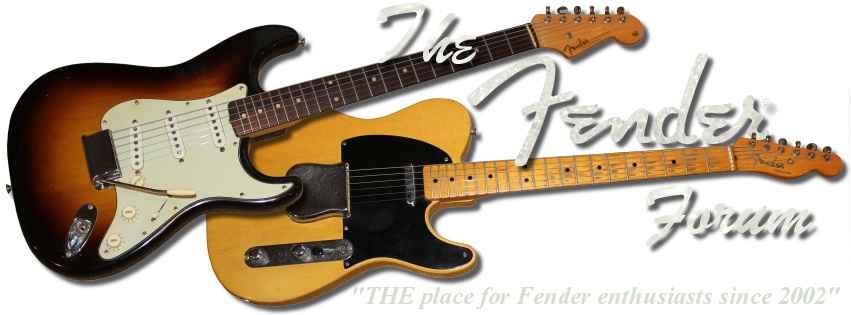Taking the example of a Fender Long Tail Pair for the Bassman 5F6-A.Does the negative feedback signal input into the grid of the non inverting half? If so, I'm unclear about the grid capacitor on the non-inverting grid.Isn't it supposed to keep the grid at AC ground?



 Reply With Quote
Reply With Quote


